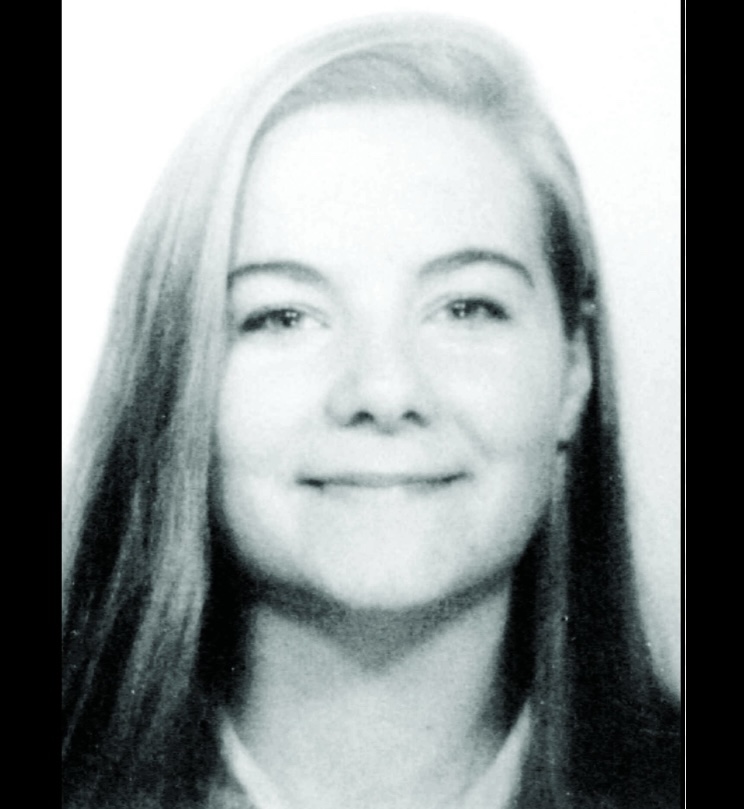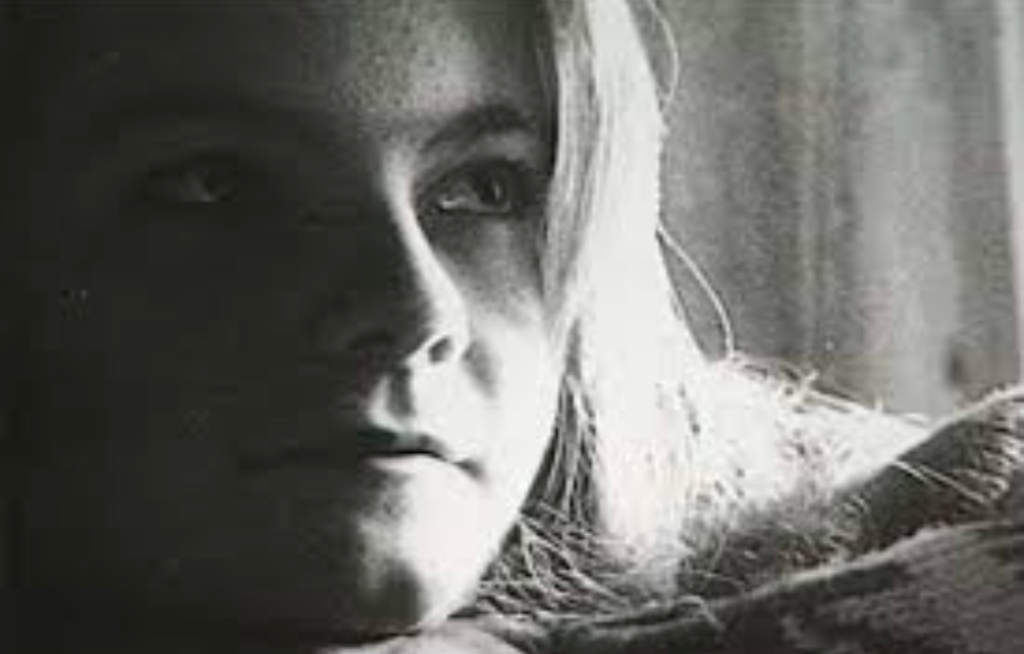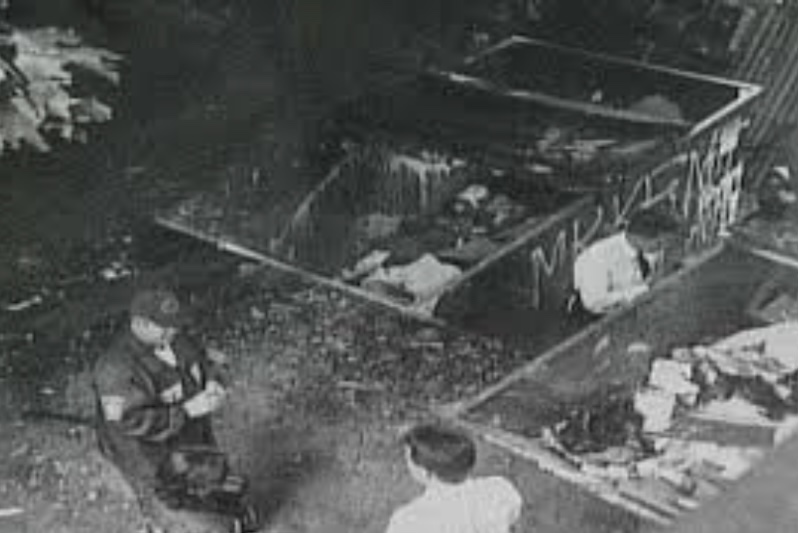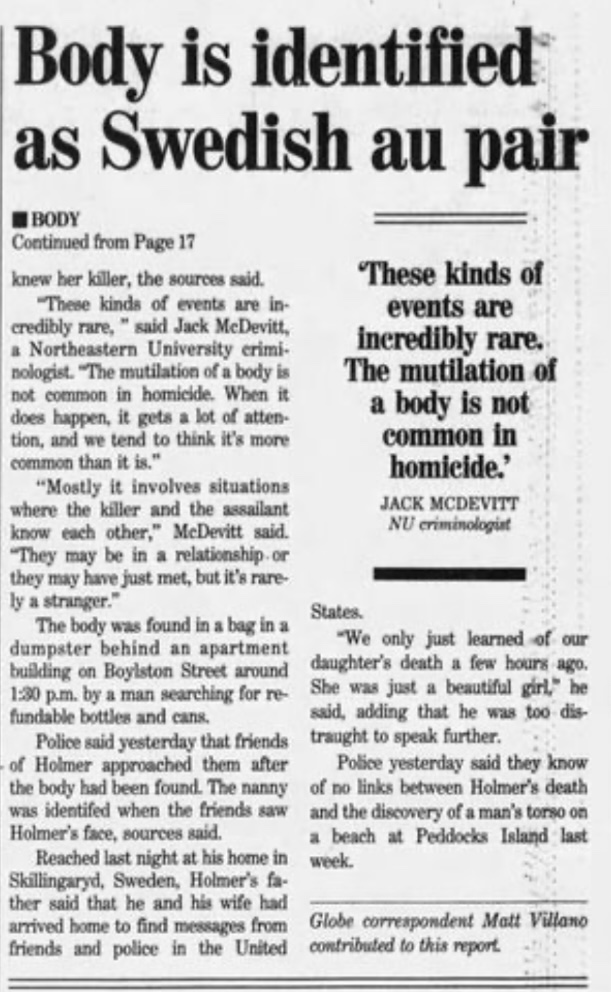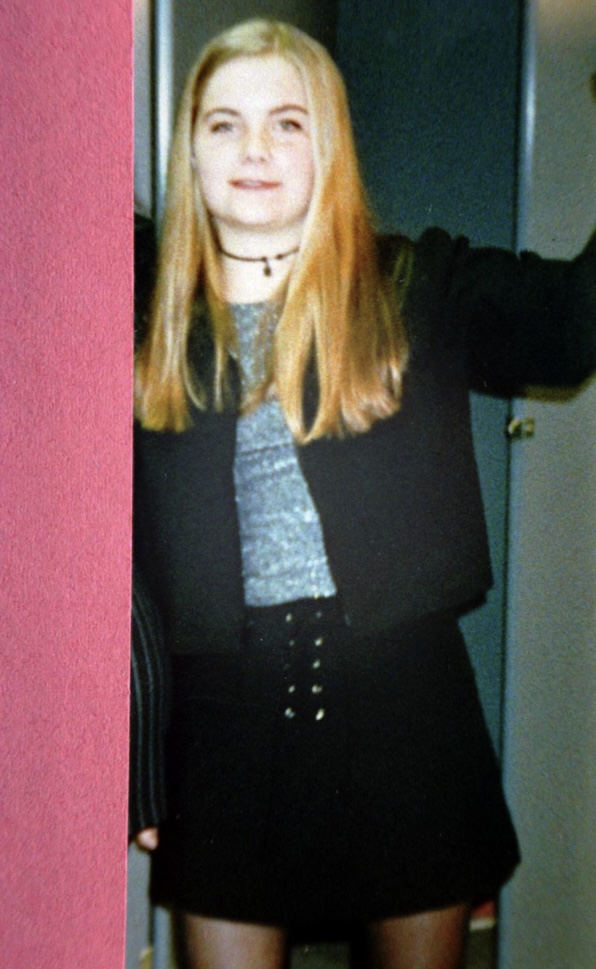Perry County Jane Doe, also known as “The Girl With The Turquoise Jewelry” is the name given to an unidentified woman whose remains were found in Perry County, Pennsylvania in June 1979. Although her death is undetermined, it has still been considered suspicious by authorities. Othram also began the process of genetic genealogy in 2023 to help identify the woman.
On June 20, 1979, a stonemason discovered badly decomposed skeletal remains alongside Juanita River located nearby a highway in Perry County, Pennsylvania. Because the remains were so decomposed, the death was estimated to have occurred months before, possibly even August of 1978.
The human remains were estimated to have been a woman between 15-38 years old, with a minimum height of 5’2″ and maximum height of 5’9″, and weighed between 105-125 pounds. The woman was determined to be white, with straight or curly shoulder-length blonde or light brown hair.
Jane Doe was discovered with several unique pieces of jewelry, which is where her nickname comes from. She was wearing two sterling silver rings with turquoise stones, one of which also contained the onyx stone. Jane Doe also wore a chain bracelet on her right arm, as well as a matching turquoise necklace and pair of earrings. Authorities believe this jewelry originated from Arizona, New Mexico, or another similar region, with Native American tribes like the Navajo or Zuni Indians who make similar jewelry.

The victim wore a tan jacket, white boots with silver buckles, green and white socks, and blue slacks. The slacks were made from knitted wool that contained strands of red threads. She also wore two tops, a white shirt and blue tank top.

It was noted that the victim received dental care during her life, with several fillings discovered, as well as several healed areas where teeth were removed. One of her molar teeth had also not yet erupted.
Autopsy revealed that Jane Doe had previously fractured a rib, which was healed at the time of death. It was also found that she may have possibly spent several months living in the Midwest or Southern Canada, near the Great Lakes, when she was an adolescent.
The victim was buried shortly after she was discovered, but her remains were exhumed in 2008 for further DNA testing. Her DNA and dental records have been recorded and filed, but because of how badly her remains were decomposed, no fingerprints could be collected.

About 60 identities have been ruled out as being Perry County Jane Doe. Professional artists have sketched and made facial reconstructions of what the young woman would have looked like. On September 27, 2023, Othram announced that they had begun the process of genetic genealogy to help uncover the victim’s identity.
It has been over 40 years since the remains of Perry County Jane Doe were discovered. Although it is unknown what the manner of her death was, with more DNA testing, hopefully more information about this woman will be revealed and her identity will be given back.

Resources-
https://en.wikipedia.org/wiki/Perry_County_Jane_Doe
https://www.fbi.gov/wanted/vicap/unidentified-persons/jane-doe-23
https://unidentified-awareness.fandom.com/wiki/Perry_County_Jane_Doe_(1979)

